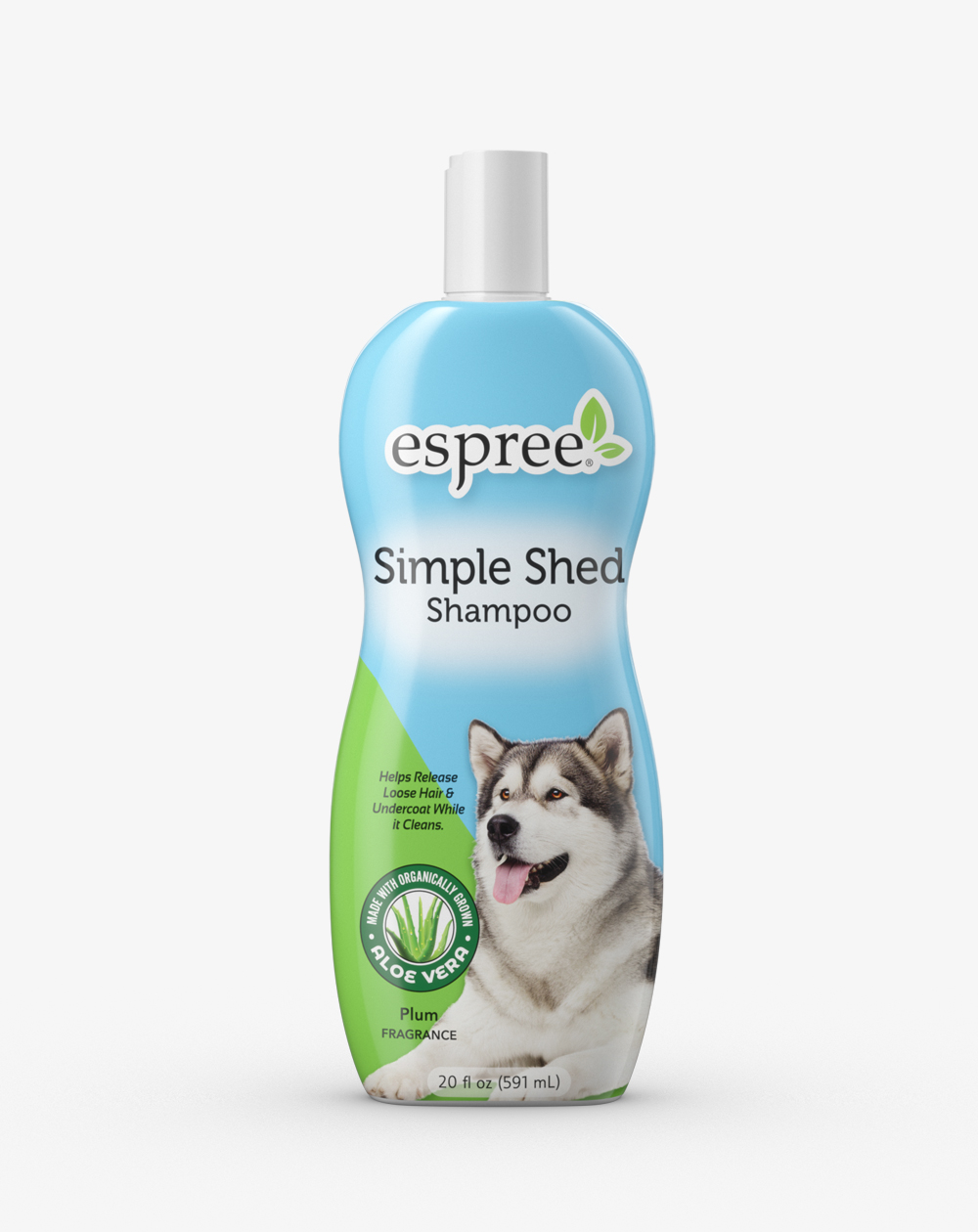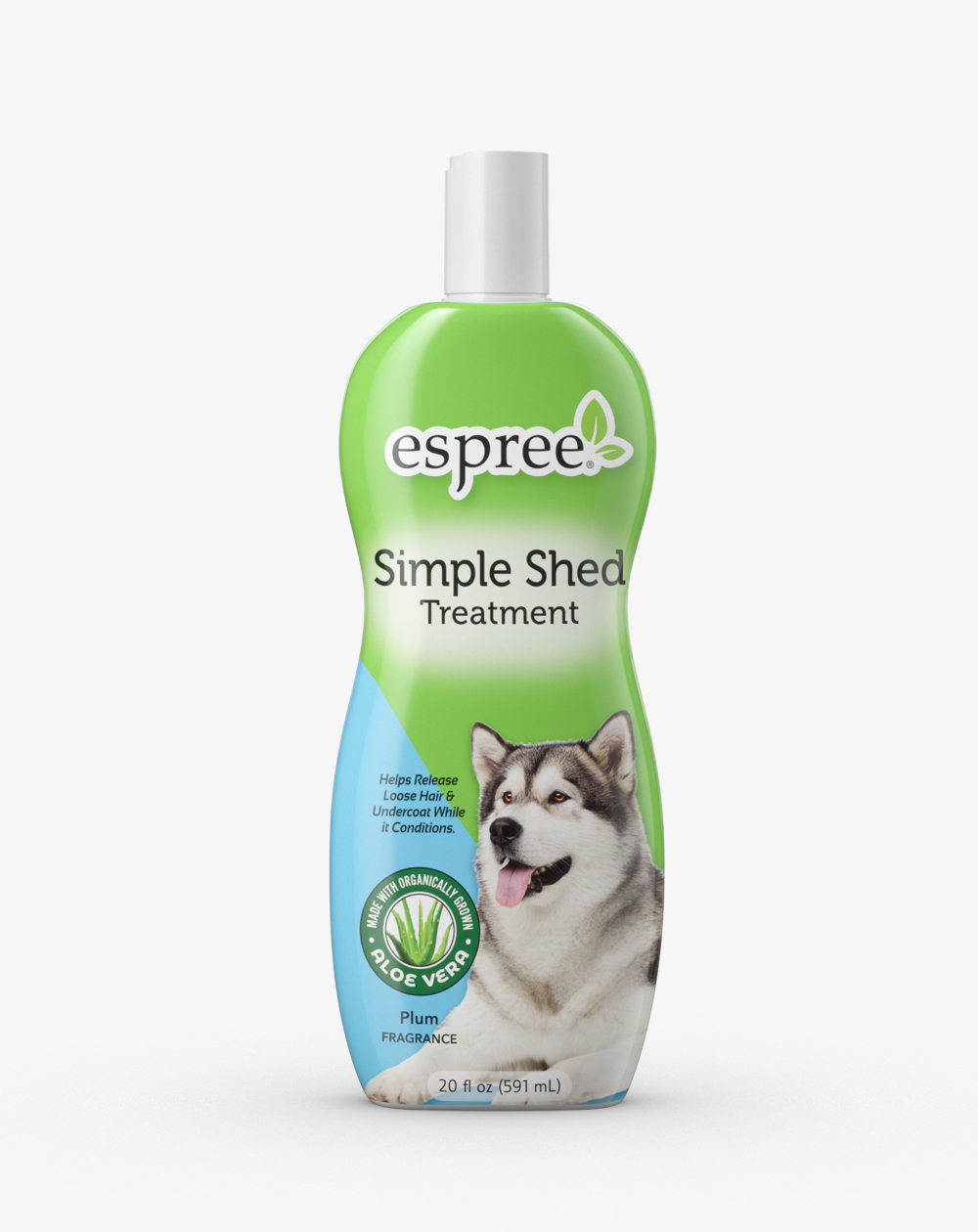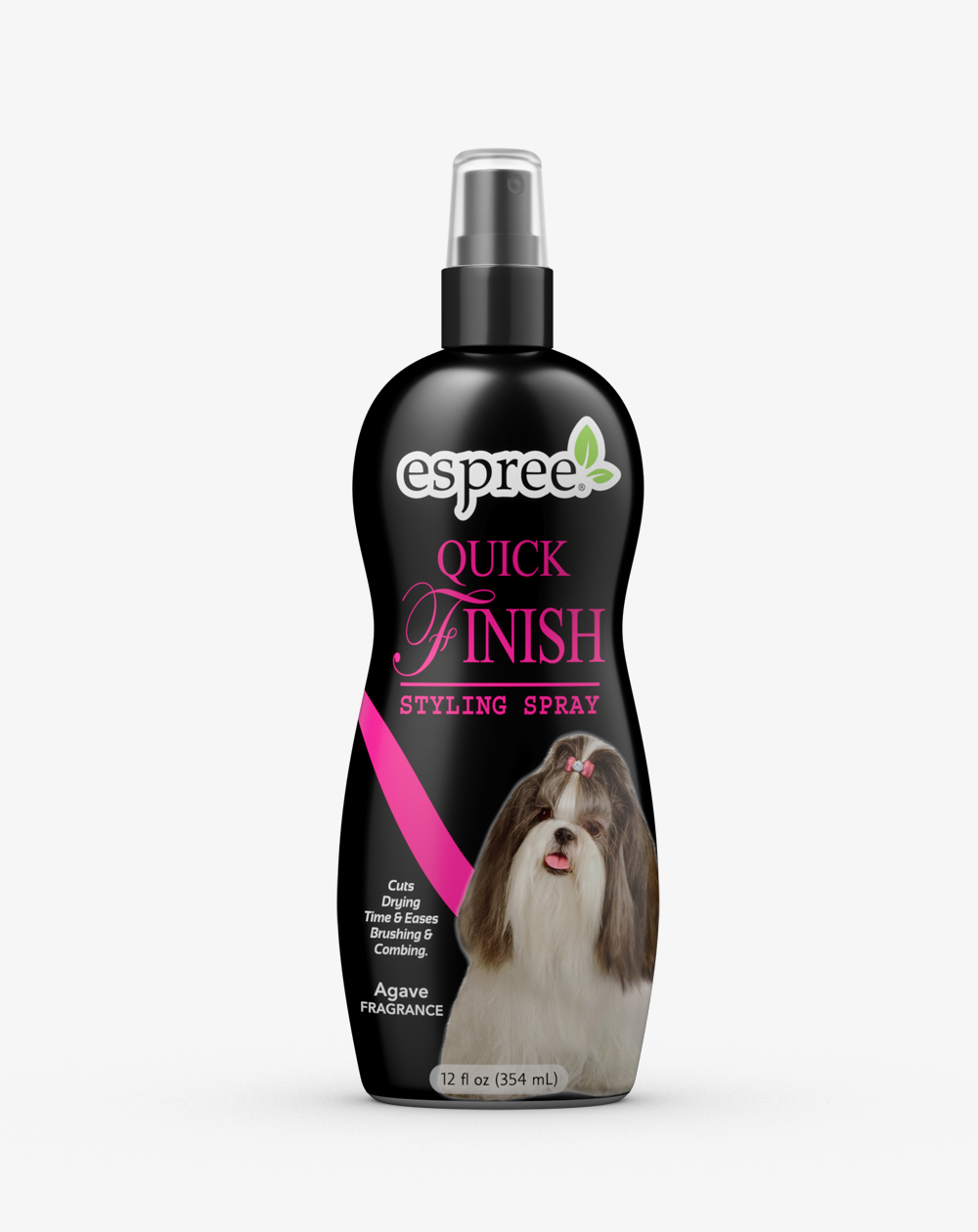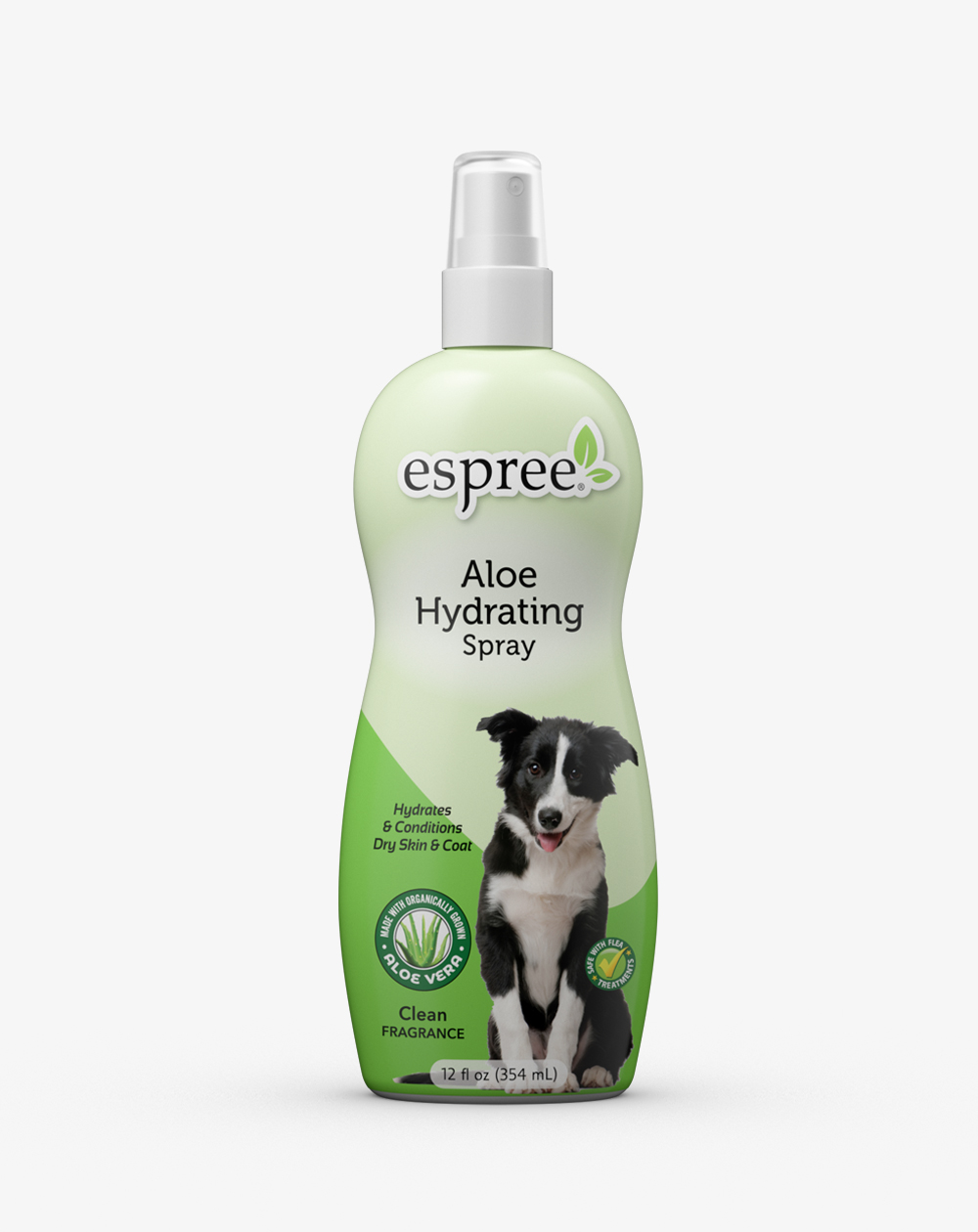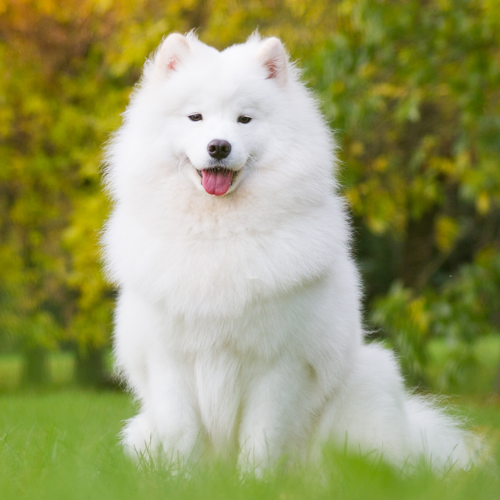
Samoyed
A hardy and eager worker, the Samoyed is known for black lips that curl slightly at the corners into the "Samoyed smile." Bright and alert, he likes to stay busy and enjoys participating in agility, herding, weight pulling, sledding, pack hiking, conformation shows and more! His heavy, weather resistant coat is suitable for very cold climates and should be pure white, white and biscuit, cream or biscuit.
Breed Profile
Intelligent, gentle and loyal, Samoyeds enjoy being with their families. Due to their working heritage, they may chase things, run and bark, so it’s best to channel that energy into some kind of job or activity. Otherwise, these independent thinkers may invent ways to keep themselves entertained. At the very least, daily exercise is necessary. The Samoyed coat can also mat and needs to be brushed weekly, more often during shedding season.
Grooming
The Samoyed does require regular bathing and brushing. This gentle dog can be bathed as frequently as weekly up to no longer than every 6 weeks. With this double coated breed, proper bathing and drying techniques lay the groundwork for achieving a beautiful coat and healthy skin. Selecting the correct product to meet the individual need of each dog’s skin and coat is essential to properly maintain this breed.
The care and maintenance of the coat set the foundation for obtaining healthy skin and coat. When the coat is dirty, the hair shaft becomes rough and eventually breaks down, which can lead to the coat becoming damaged. This coat needs to be brushed weekly in order to prevent the dog from becoming matted and tangled. Lack of maintenance can contribute to the formation of the cobweb matting that forms close to the skin. This type of matting if left unattended can lead to the development of numerous skin issues. Therefore, keeping the coat clean and healthy is of utmost importance in order to maintain the thick double coat.
Before the bath, take a few minutes to take a high-velocity dryer over the coat to loosen any dirt and debris from the skin and to loosen any cobweb matting. Do not move the dryer back and forth quickly. Rather, move the dryer slowly through the coat.
The coat should start standing off the skin and not mat up. You might have to pull the dryer farther away from the skin to prevent it from tangling the coat. Once you have blown out any loose hair and have lightly brushed through the coat, you are ready for the bath!
Wet the coat and apply the shampoo by squeezing it through the coat making certain you have worked it all the way through the coat down to the skin. Thorough shampooing will contribute to building a healthy, strong, and manageable coat. It is a good idea to slightly cool the water temperature down when rinsing the coat. The coat should be rinsed thoroughly making certain that all the product has been removed. Use a light conditioner to nourish and hydrate each individual strand of hair without changing the texture of the coat. Once the bath is complete, blot the coat with a towel to remove excessive moisture. Try to avoid using a circular motion to avoid any further tangling.
Blow the coat out with an HV dryer to remove excess moisture. Be sure to hold the nozzle far enough away to prevent the coat from tangling. Finish with a stand dryer and line dry all the way to the skin. Once the dog is completely dry, line brush, working in sections until the dog is tangle free. It is a good idea to go over the entire coat with your hands, to see if there are inconsistencies in the density of the coat. If so, continue to brush and comb those areas. As a final check, use a firm slicker brush throughout the coat, and little to no hair should be apparent on the brush. Areas to pay particular attention to for tangles and excessive hair are the thighs, behind the ears, the tail, and around the ruff. It’s always a good idea to spend a little extra time in these areas before you finish the dog.
Finishing the Dog: Tools and Finish Grooming
The coat should be light and stand off the dog. A wide-toothed comb should easily glide through the coat with no resistance all the way down to the skin. Pay particular attention to the neck, chest, and hindquarter area as they can get packed with excessive coat. A healthy coat is light, airy, and has a natural shine.
General Health Care
Prep work is the foundation of all grooming. Prep work includes ear cleaning, nail trimming, anal glands, and proper dental hygiene. Mastering these skills sets the professional pet stylist apart from the rest. Prep work should be done before every bathing and grooming appointment. All dogs need to have their ears checked and cleaned on a regular basis. Proper nail care is also very important. Long, unsightly nails are uncomfortable for the dog, as well as anyone they might jump on. Long nails also compromise the shape of the foot. Trimming the pads of the foot helps give the dog good traction on different surfaces and can minimize the amount of dirt the dog tracks into the house. It also affords the opportunity to treat and condition the paws from cracks and abrasions. Anal glands should also be checked and expressed if they are full. Some caring pet owners prefer to have the anal glands done by their veterinarian. Good dental hygiene is essential for a healthy pet as well.
Nutritional Care
In order to maintain healthy skin and coat as well as overall health, it is important to provide good nutrition to your dog through a well-balanced diet, vitamins, and healthy treats.
Do they require a lot of grooming?
In order to maintain the thick, double coat, frequent baths, blowouts, and brush outs are necessary.
What are the common health problems in the breed?
Health conditions that have been seen in Samoyeds include hip dysplasia, progressive retinal atrophy (PRA), heart problems (aortic stenosis and pulmonic stenosis), and diabetes.
Do they shed or cause allergies?
They do shed year-round, but the bulk of the shedding is twice a year. Frequent baths and blowouts will help accelerate shedding so there is less hair lying on your floors.
Are they good with children?
A well-bred Samoyed is gentle, intelligent, and loyal. He is friendly and affectionate with his family, including children. He thrives on being part of the family. As with any breed of dog, you should never leave a dog unattended with a small child.
What if I have a show dog?
Whether you have a show dog or a companion dog, the same basic care is given regarding nutrition, socialization, and hygiene. The difference is the conditioning of the dog and conformation training. It is always quite helpful if your breeder can help mentor you to lead you in the right direction upon entering the wonderful world of dog shows. A great place to start is the Samoyed Club of America, www.samoyedclubofamerica.org.

